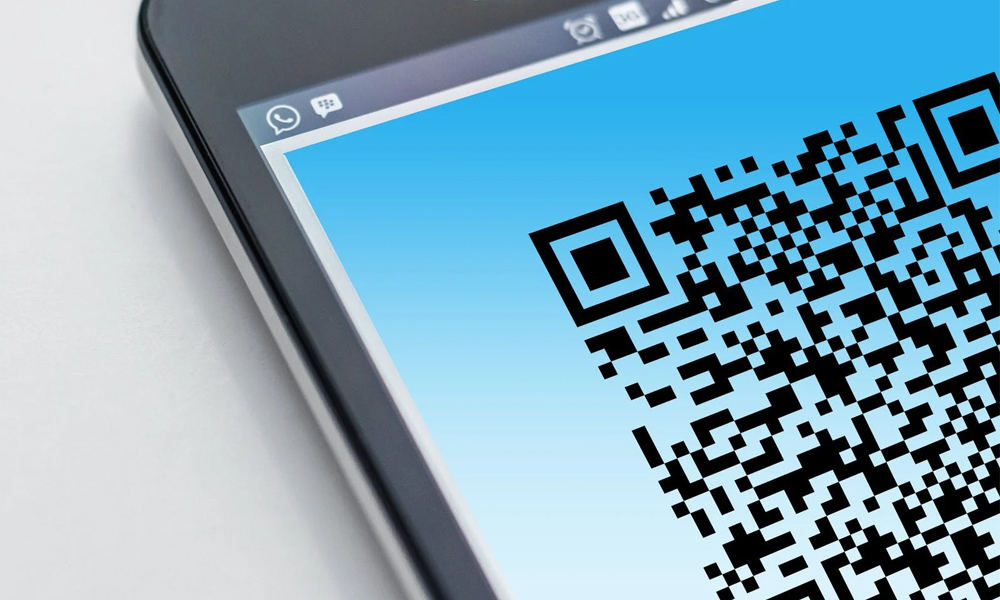
How To Select The Best Entry Level Barcode Printers For Your Business
In The operation of a Business, barcode printers are important. Despite the fact that barcode labels are not expensive, they can have a significant impact on the flow of goods in and out of a facility.
As a result, it's important to choose the right printer for your warehouse operation. There are two types of warehouse barcode printers: desktop models (which are typically smaller and made of durable plastic) and industrial models (which are typically larger and made of metal) (which are bigger and have metal construction.)
Industrial Barcode Printers like the ZEBRA ZT 420 / 421 can work well in smaller warehouses with a light print load and in a relatively clean environment. This type of printer is also typically less expensive – in some cases, roughly half the price of an industrial printer from the same manufacturer. Industrial printers, such as the PRINTRONIX T8000, have an advantage in higher-volume warehouses and applications where the printer is subjected to dust, dirt, or abuse.
Other Important Factors To Consider:
Printing method: Direct thermal and thermal transfer printers are available for both desktop and industrial printers. Thermal transfer labels are more fade-resistant than laser or inkjet printers and can print on a wider range of materials.
For barcode printing, direct thermal printers are also available. These printers are inexpensive because they do not require ribbons, ink, or toner, but they do require specialized labels. They also produce images that are prone to fading and have a shorter lifespan, so they are best suited for receipts, tickets, and some shipping labels, as well as printing labels that will be used primarily indoors.
Label size and barcode symbols: Make sure the printer can print all of the different barcodes and languages you'll need, as well as the correct range of label sizes. While both desktop and industrial printers support standard label sizes, industrial printers are more likely to support larger sizes.
Printer Accessories: Industrial printers can be equipped with automatic label cutters, peelers, or rewinders, which can help to streamline the labelling process.
Label volume: A desktop printer may be more suitable for low-volume applications (a few hundred labels per day). An industrial printer, on the other hand, will provide the speed, throughput, and durability required for an all-day printing environment if you're printing thousands of labels per day.
Label capacity: Label capacity is inversely proportional to label volume. Label rolls used by industrial printers can have three to four times the number of labels as a desktop printer (depending on label size). There will be fewer roll/media changes and less downtime on the line as an outcome. This can result in cost savings for high-volume labelling operations.
Label cost: Labels for industrial printers are frequently less expensive per volume due to higher capacity rolls. Businesses can save money by purchasing larger rolls or in bulk. Given that the average industrial printer has a lifespan of five to ten years, those benefits earn over a long period of time.
On-demand or batch printing: Both types of printers are suitable for on-demand applications, in which labels are printed only when they are required for specific items. However, if the warehouse needs to batch print a large number of similar or serialized labels, industrial printers provide adequate throughput as well as the ability to rewind the pre-printed labels onto a core.
The environment: Where will the printer be used? Plastic desktop printers provide adequate durability in a relatively clean, controlled environment. Most warehouses, do not fit that description. Industrial printers provide the right level of durability to ensure reliable operation in dirty, dusty environments where printers are operating near heavy equipment.
Displays: Most desktop printers are small and compact, and they generate labels by connecting to a network or a computer. Many industrial models, now have color touch displays, making it simple to calibrate and change printer settings without the need for a PC. These displays can also be used to change label types, monitor media usage, and perform basic troubleshooting and maintenance.
Memory: An industrial printer has more memory than a typical desktop model, with 128MB of Flash memory and 128MB of SDRAM, for example, compared to 4MB of Flash memory and 8MB of SDRAM on a typical desktop model. When it comes to warehouses that must support and print a wide variety of labels and formats, or that require on-board computing to manage calibrations and settings, the amount of memory can make a difference.
Print speed: A typical desktop model can print at a maximum rate of 102mm/4 inches per second, whereas an industrial printer can print at a maximum rate of 356mm/14 inches per second. The increased speed provided by an industrial printer has a direct impact on warehouse productivity in high-volume warehouses.
Connectivity: How will the printer communicate with your computer or network? Parallel/serial ports, WLAN, and USB are all supported by both desktop and industrial printers. Ethernet or Twinax/Coax connections are more likely to be found on industrial printers.
In a warehouse, barcode printing is a critical activity. Taking the time to select the right printer for your environment and application requirements will result in increased productivity, printer uptime, and higher-quality labels.
